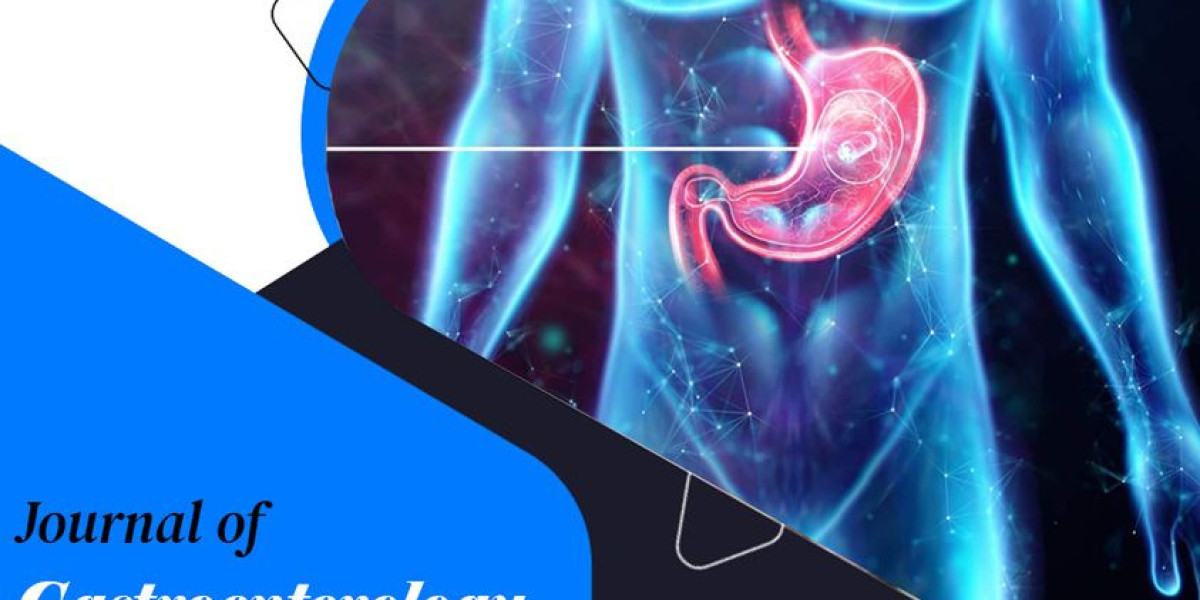Liver Disorders is a general term used to encompass a wide range of medical conditions and diseases that affect the liver, a vital organ in the human body. This term is often used to describe a variety of liver-related issues, each with its own specific causes, symptoms, and treatments. Here is a brief documentation of the concept of "Liver Disorders"
Scope and Coverage:
Liver disorders encompass a diverse array of conditions, including but not limited to:
Liver Diseases: Research and clinical studies related to various liver disorders, including hepatitis, cirrhosis, fatty liver disease, autoimmune liver diseases, and liver cancers.
Liver Transplantation: Studies on liver transplantation procedures, outcomes, patient selection, and advancements in transplant medicine.
Hepatitis: Investigations into hepatitis viruses (such as hepatitis B and C), epidemiology, prevention, diagnosis, and treatment.
Liver Function and Physiology: Research on the normal functioning of the liver, liver metabolism, and hepatic physiology.
Diagnostic Methods: Advances in diagnostic tools and imaging techniques for liver diseases, including non-invasive assessment methods.
Treatment and Therapies: Clinical trials, treatment strategies, and therapeutic interventions for managing liver disorders.
Liver Pathology: Histological and pathological studies of liver tissue, aiding in disease diagnosis and classification.
Liver Cirrhosis: Research on the causes, progression, complications, and management of cirrhosis.
Viral Hepatitis Vaccination: Studies on hepatitis vaccination programs, vaccine development, and immunization strategies.
Hepatitis: Inflammation of the liver, typically caused by viral infections (hepatitis A, B, C, etc.) but also by alcohol, drugs, or autoimmune reactions.
Cirrhosis: Scarring of the liver tissue, often resulting from chronic liver disease, alcohol abuse, or viral hepatitis.
Liver Cancer: The development of cancerous cells within the liver, which can be primary (originating in the liver) or secondary (metastasized from other organs).
Non-Alcoholic Fatty Liver Disease (NAFLD): Accumulation of fat in the liver, often associated with obesity, diabetes, and metabolic syndrome.
Alcoholic Liver Disease: Liver damage caused by excessive alcohol consumption, including alcoholic fatty liver, alcoholic hepatitis, and cirrhosis.
Hemochromatosis: An inherited disorder that leads to the buildup of iron in the liver and other organs.
Autoimmune Liver Diseases: Conditions such as autoimmune hepatitis, primary biliary cholangitis, and primary sclerosing cholangitis, where the immune system mistakenly attacks the liver.
Liver Failure: A severe condition where the liver can no longer function adequately, which can be acute or chronic.
Biliary Tract Disorders: Conditions affecting the bile ducts, including gallstones, bile duct obstructions, and biliary atresia.
Public Health and Liver Health: Epidemiological research, public health initiatives, and policies aimed at liver disease prevention and control.
Contributions:
Research and medical literature related to liver disorders often include studies on the causes, risk factors, diagnostic methods, treatment approaches, and management strategies for these conditions. This research is critical for understanding the pathophysiology of liver diseases and for developing effective interventions and therapies.
Audience:
Liver Disorders is of interest to healthcare professionals specializing in gastroenterology, hepatology, hepatobiliary surgery, infectious diseases, oncology, and related fields. It also serves as a resource for researchers, medical students, and individuals seeking information about liver health and liver-related conditions.
Managing and treating liver disorders often require a multidisciplinary approach, and staying informed about the latest developments in the field is essential for healthcare providers and researchers to provide the best care and outcomes for patients with liver disease.








